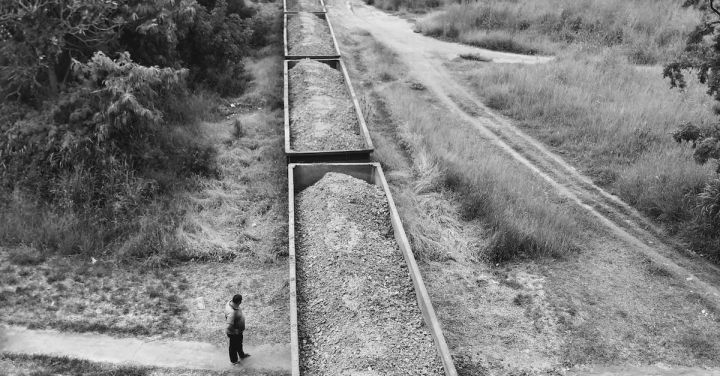In today’s fast-paced world, time is of the essence. People are constantly on the move, seeking ways to get from point A to point B in the quickest and most efficient manner possible. This need for speed has led to the development of high-speed rail, a transportation marvel that is faster than a speeding bullet.
High-speed rail is a form of transportation that utilizes specially designed trains to travel at incredibly high speeds. These trains are built with cutting-edge technology, allowing them to reach speeds of up to 350 kilometers per hour. This means that commuters can travel hundreds of kilometers in a matter of hours, making it the perfect solution for those seeking quick and convenient travel.
One of the key benefits of high-speed rail is its ability to reduce travel time significantly. For example, a journey that might take several hours by car or plane can be completed in a fraction of the time by high-speed rail. This makes it an attractive option for both business and leisure travelers who are looking to save time and arrive at their destination swiftly.
Another advantage of high-speed rail is its reliability. Unlike air travel, which can be subject to delays and cancellations due to weather conditions or technical issues, high-speed rail operates on a fixed schedule. This means that passengers can plan their journeys with confidence, knowing that they will arrive at their destination on time and without any unexpected hiccups.
Furthermore, high-speed rail offers a level of comfort and convenience that is unmatched by other modes of transportation. These trains are equipped with spacious seating, ample legroom, and state-of-the-art amenities, ensuring that passengers can travel in style and comfort. Additionally, high-speed rail stations are often located in city centers, making them easily accessible and eliminating the need for time-consuming transfers.
In addition to its practical benefits, high-speed rail also has significant environmental advantages. Unlike cars and airplanes, high-speed trains produce minimal carbon emissions, making them a greener alternative for long-distance travel. With concerns about climate change and the need to reduce our carbon footprint, high-speed rail provides a sustainable transportation option that can help mitigate environmental damage.
Moreover, high-speed rail has the potential to boost economic growth and development. By connecting cities and regions, it promotes tourism, encourages investment, and facilitates the movement of goods and services. This can lead to job creation, increased productivity, and improved connectivity, ultimately benefiting both local communities and the broader economy.
In conclusion, high-speed rail is a game-changer in the world of transportation. With its ability to reduce travel time, provide reliability, offer comfort and convenience, and contribute to environmental sustainability, it is a clear winner for commuters seeking a faster and more efficient way to travel. As high-speed rail continues to expand and improve, it is likely to become an integral part of our transportation infrastructure, revolutionizing the way we move from place to place. So hop on board and experience the thrill of high-speed rail – it’s faster than a speeding bullet!
